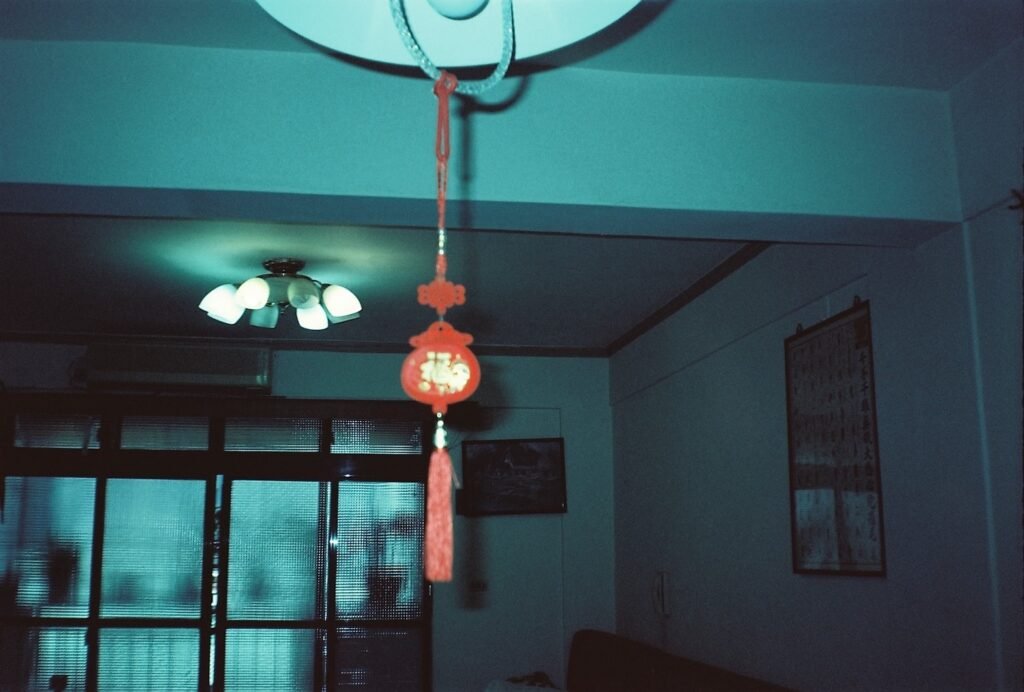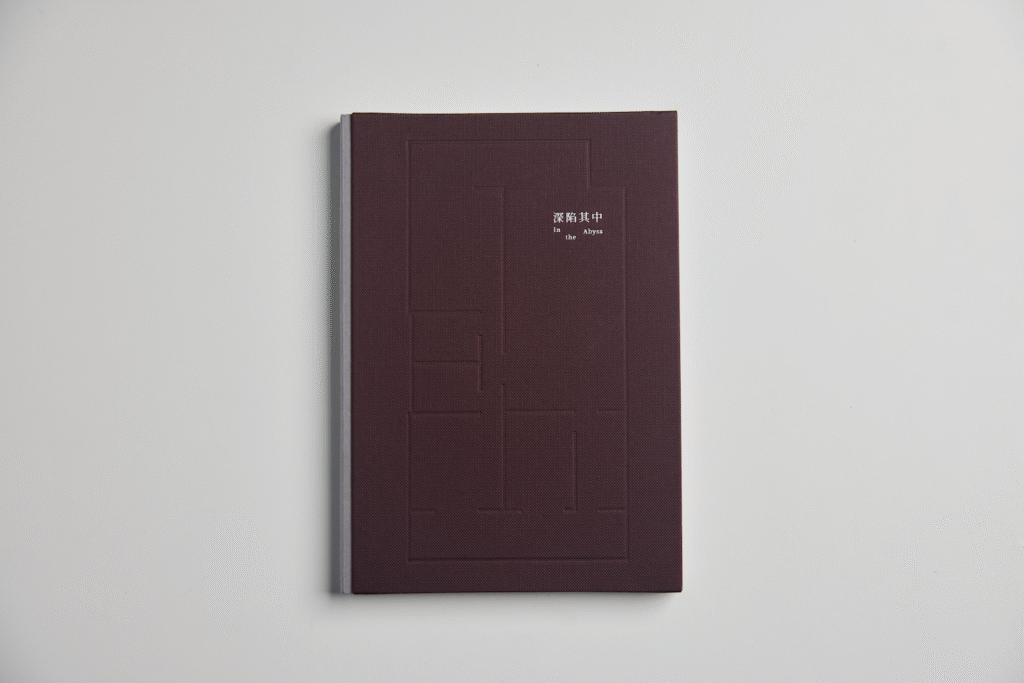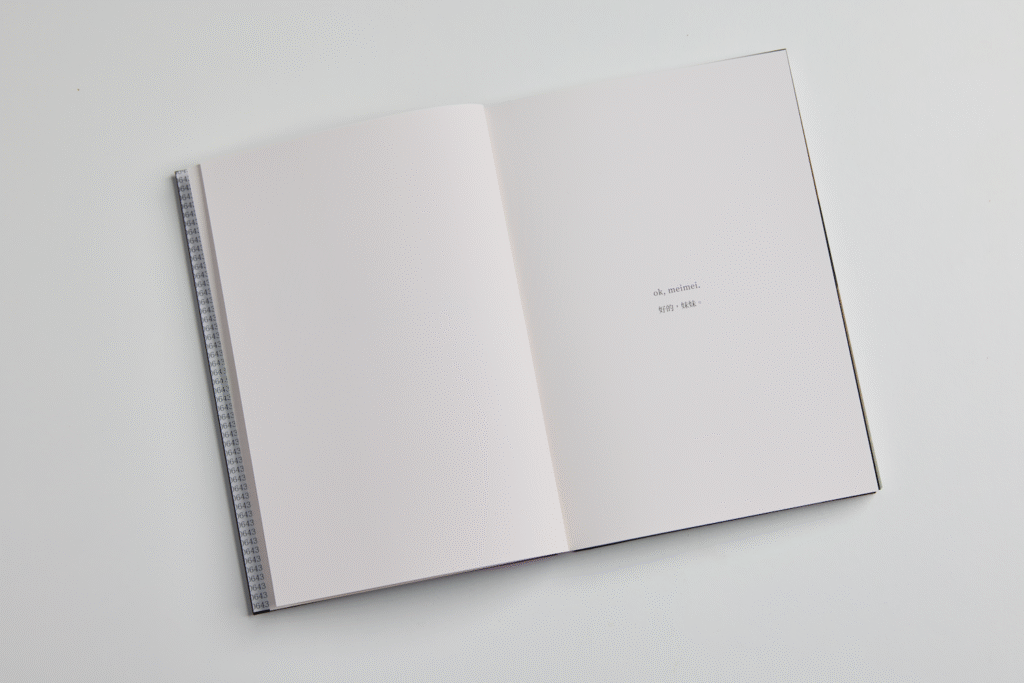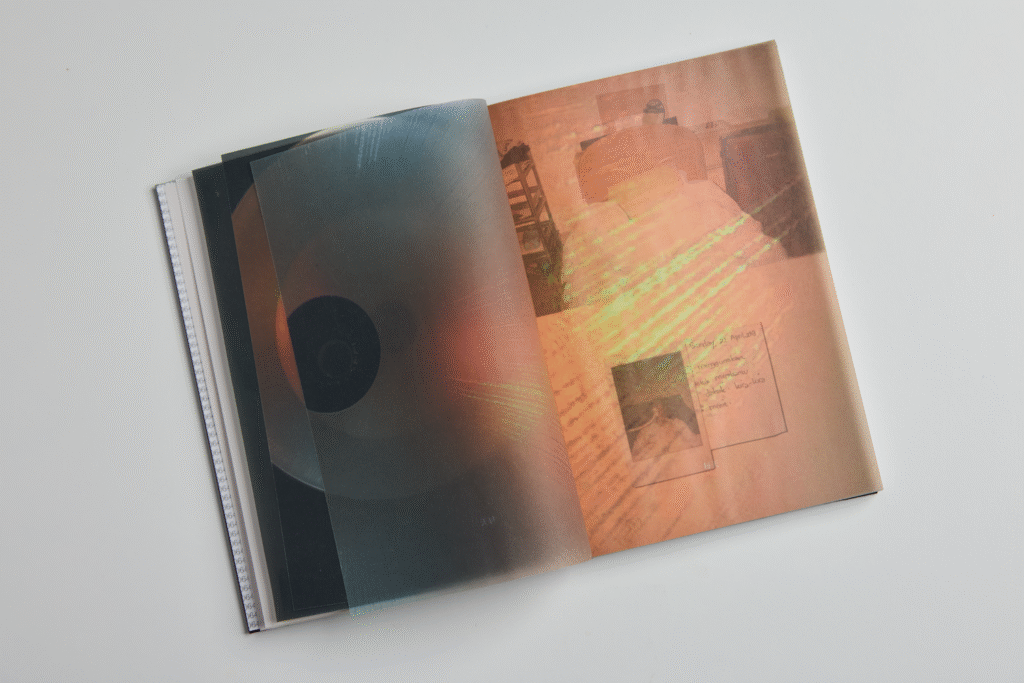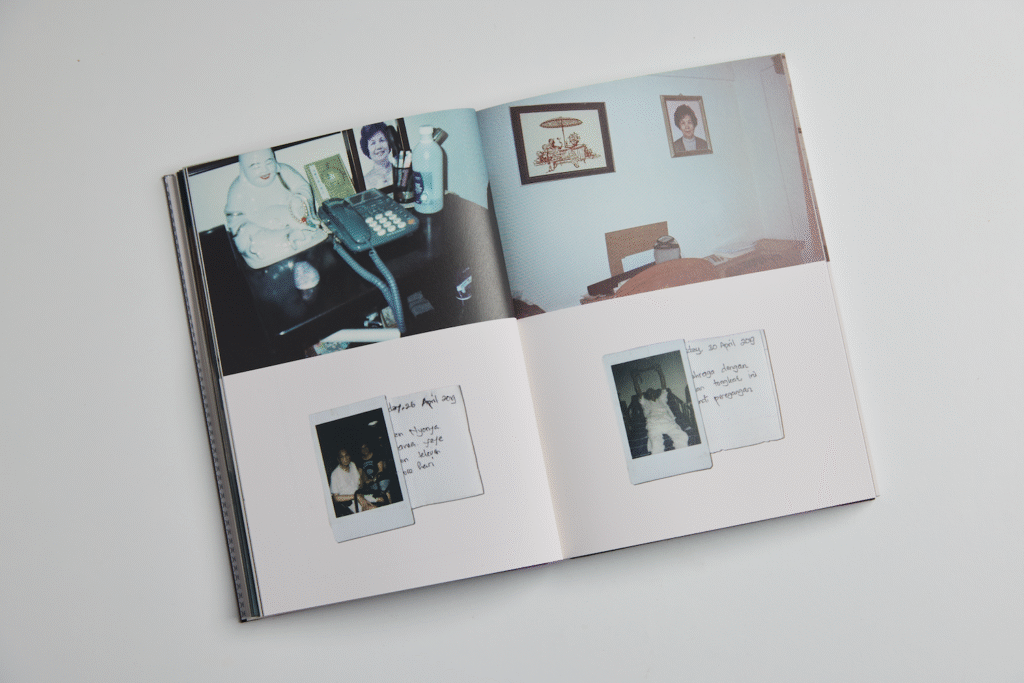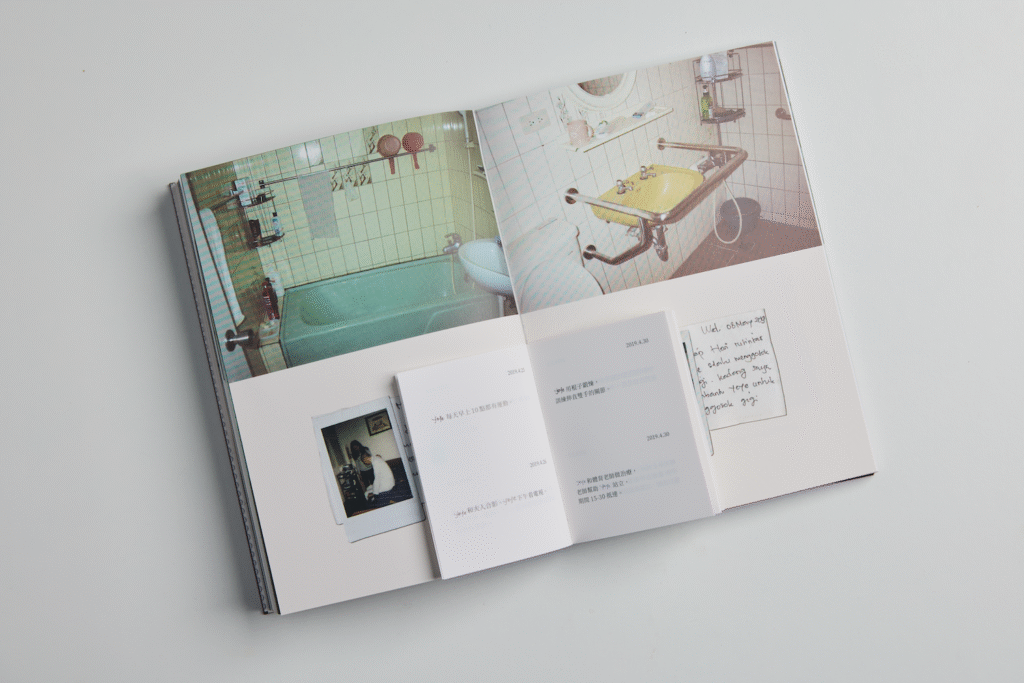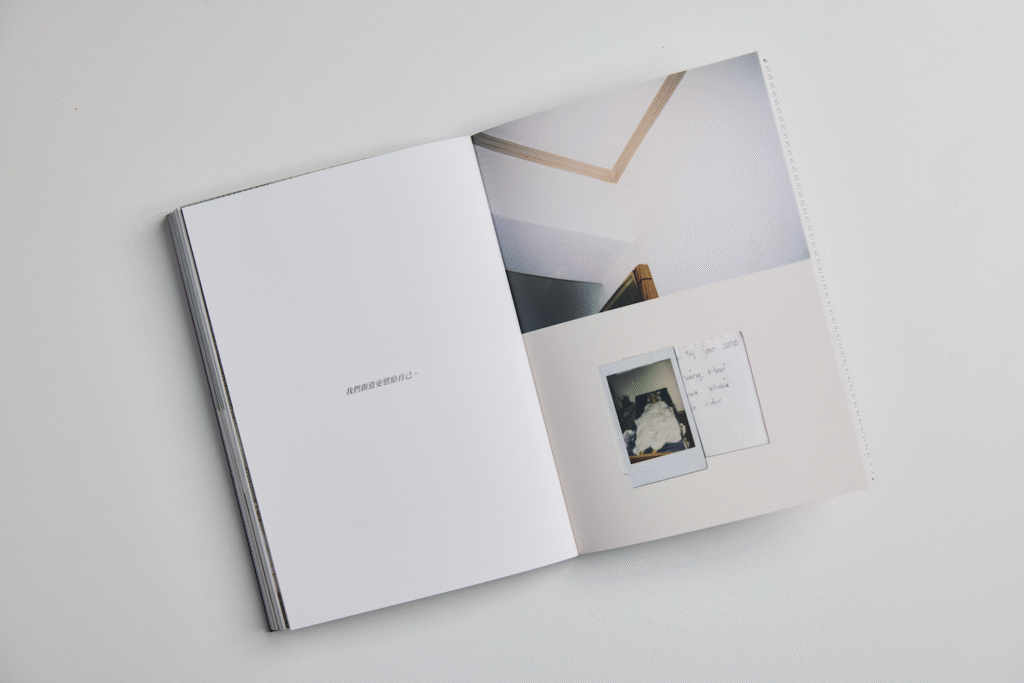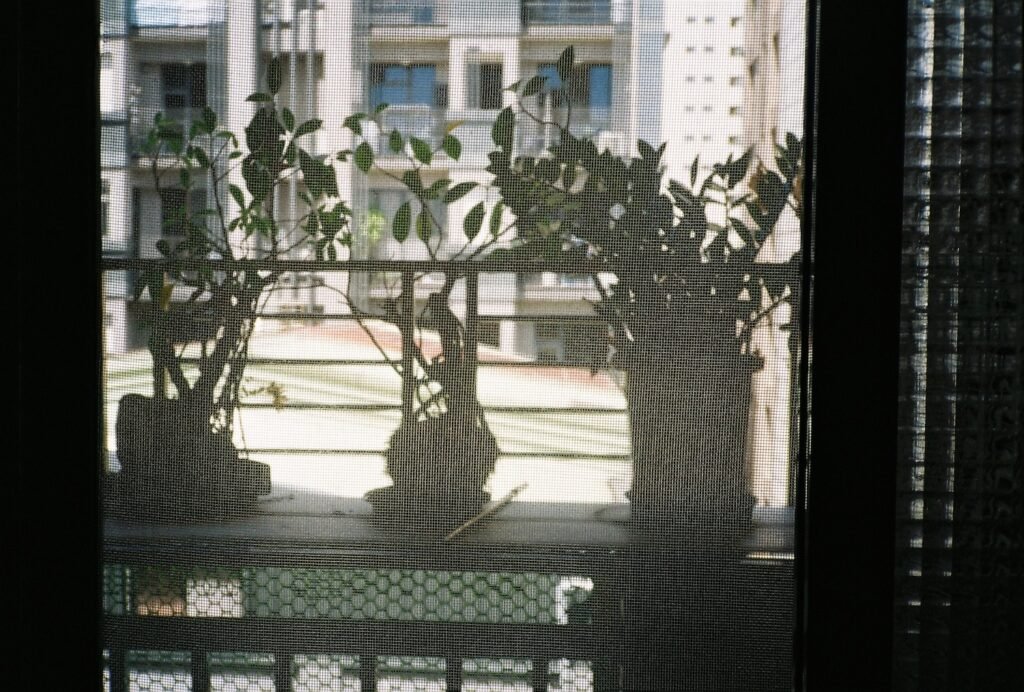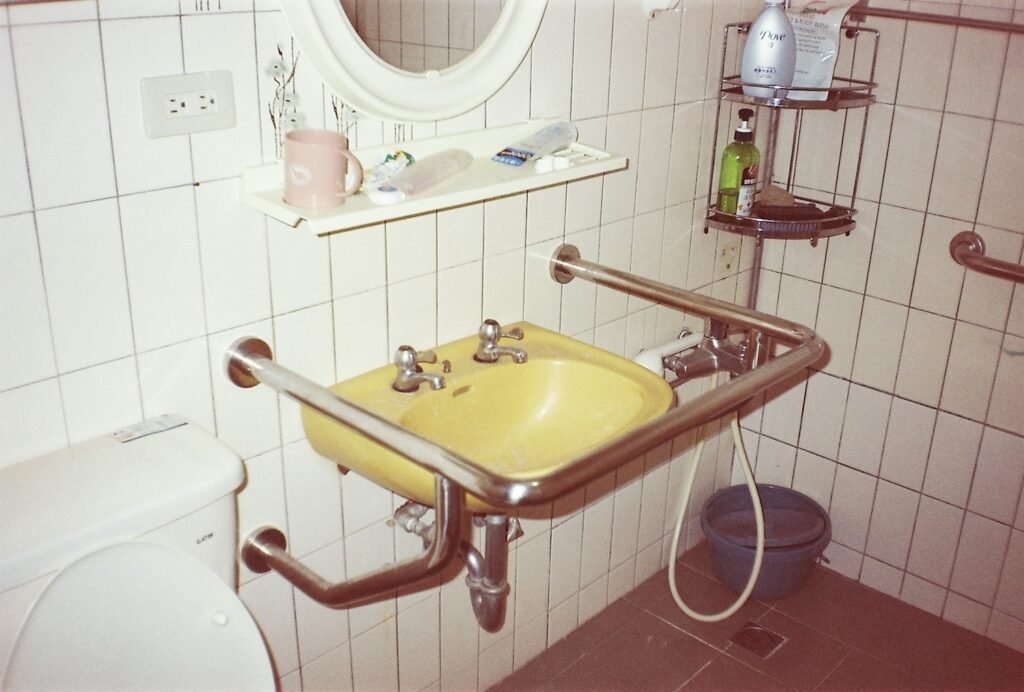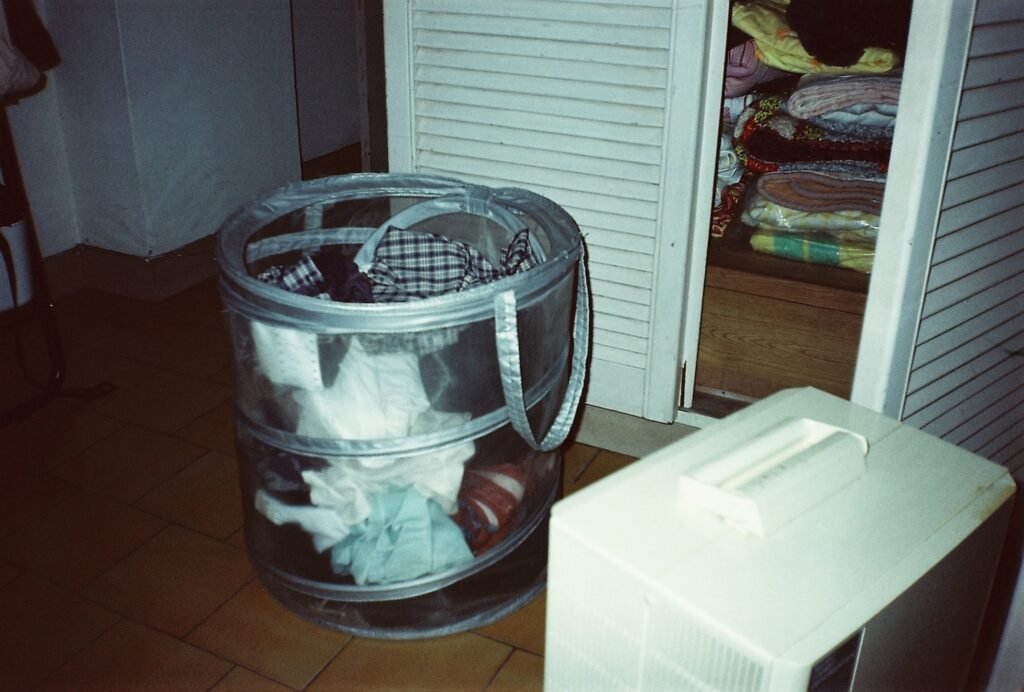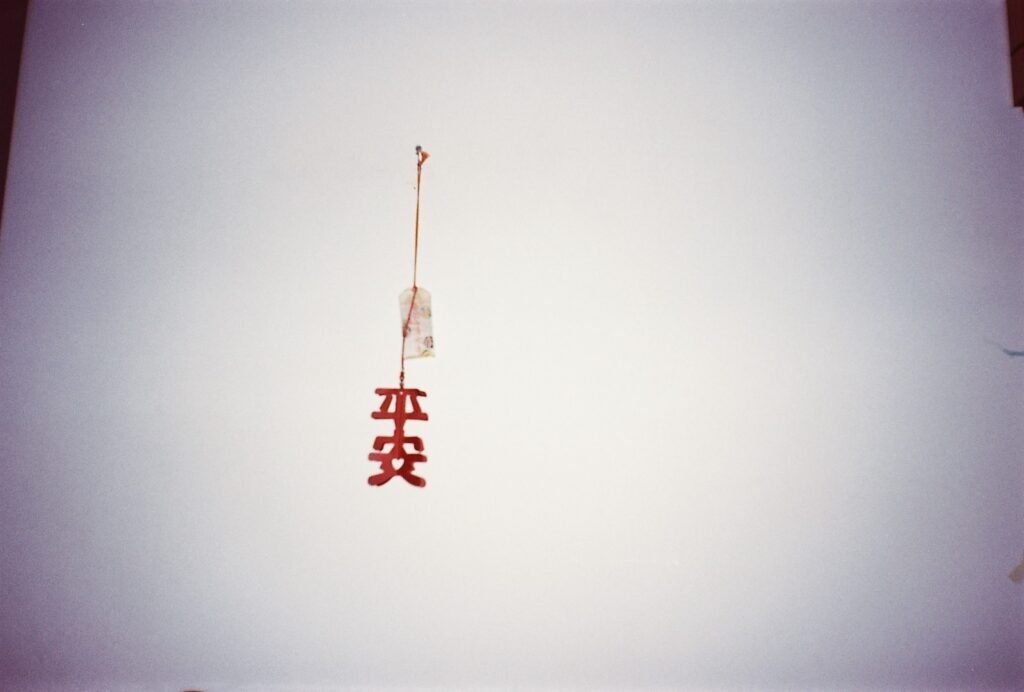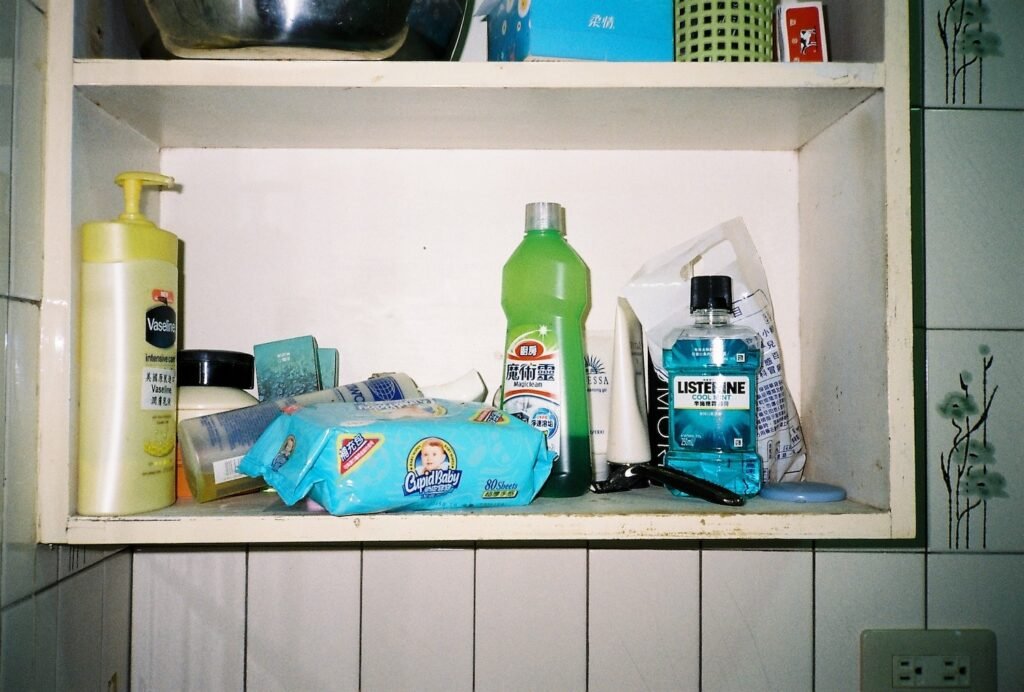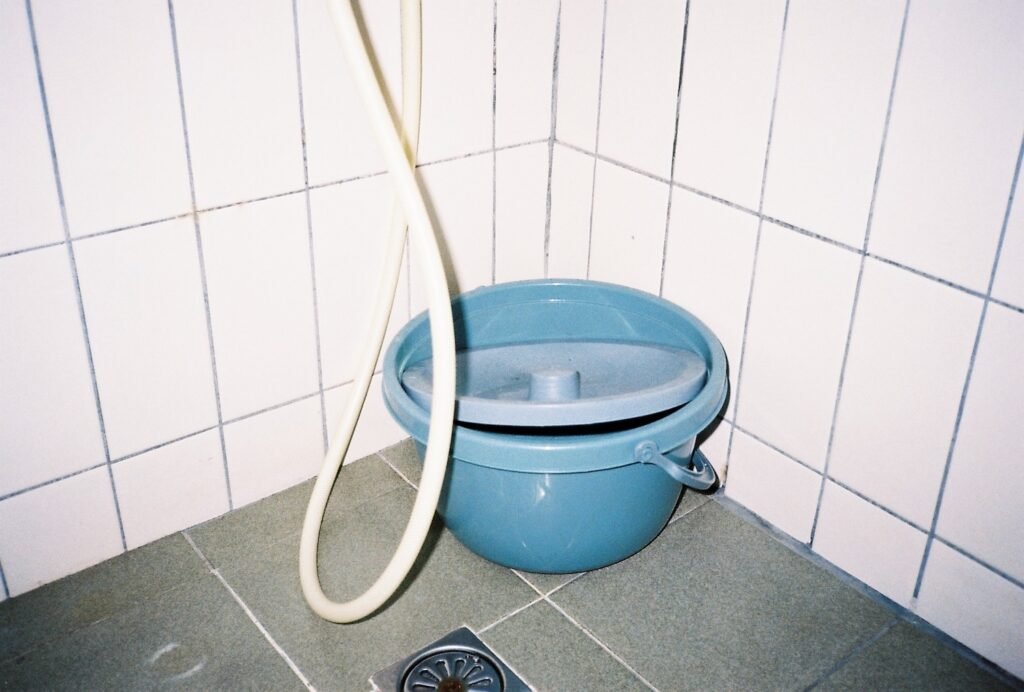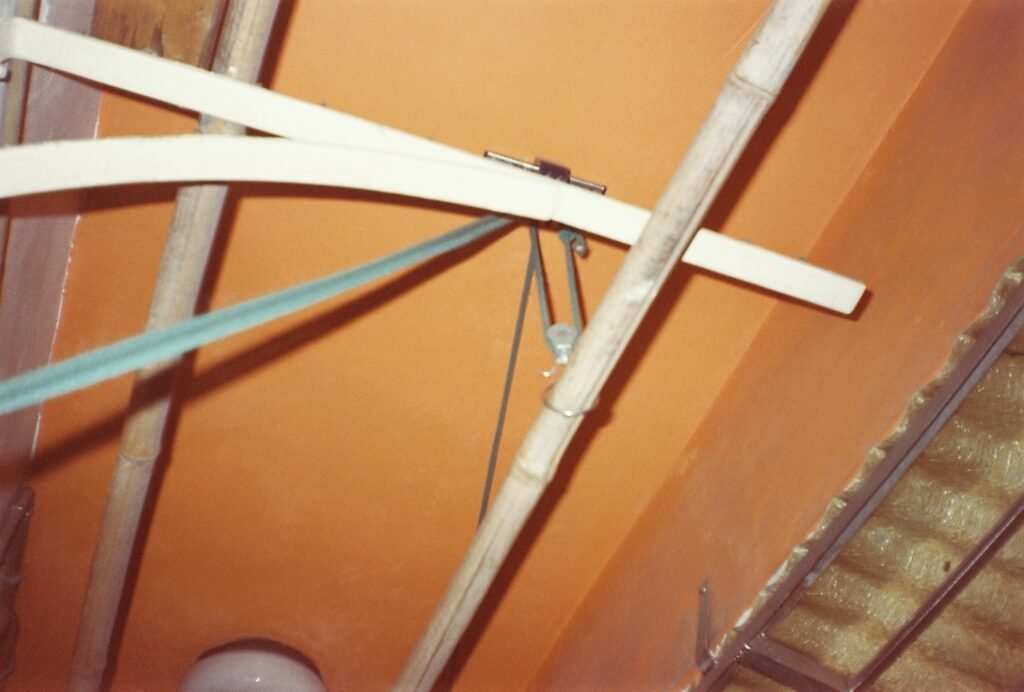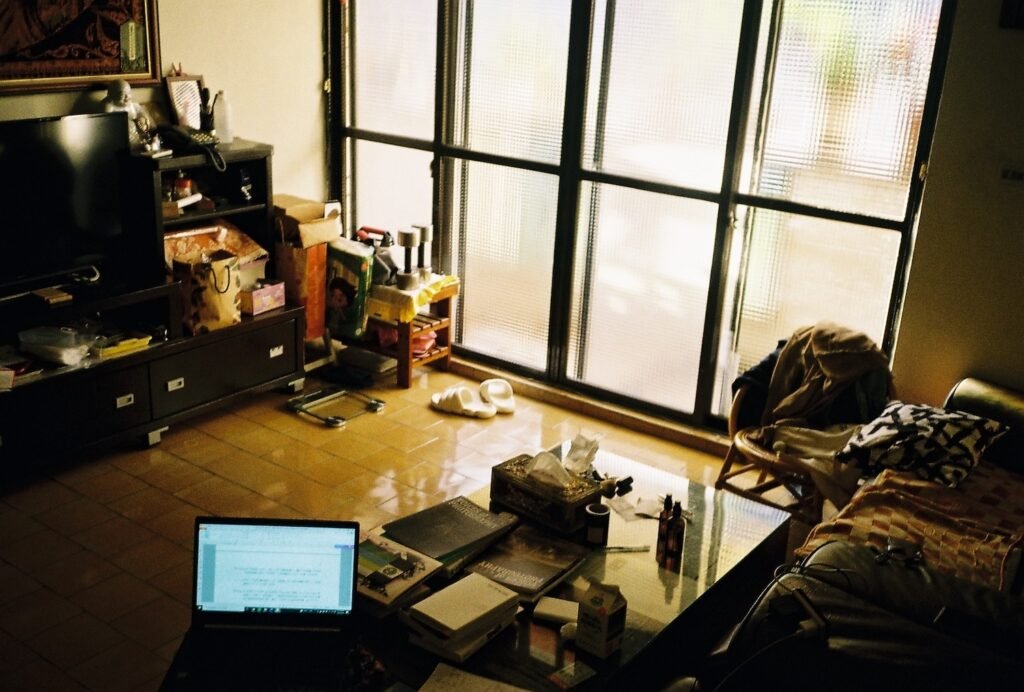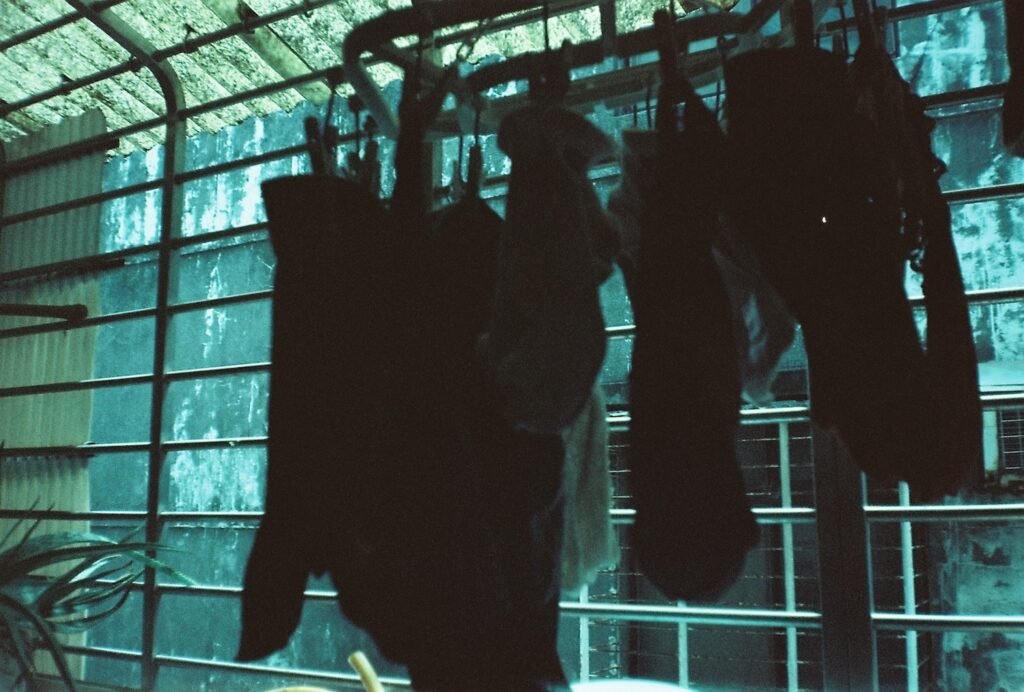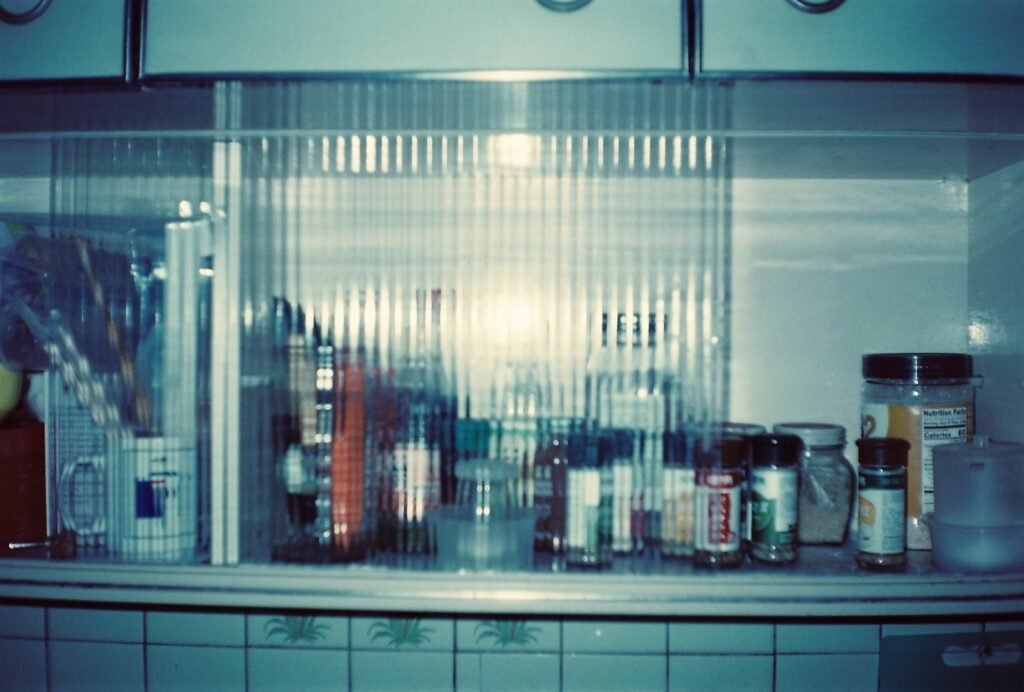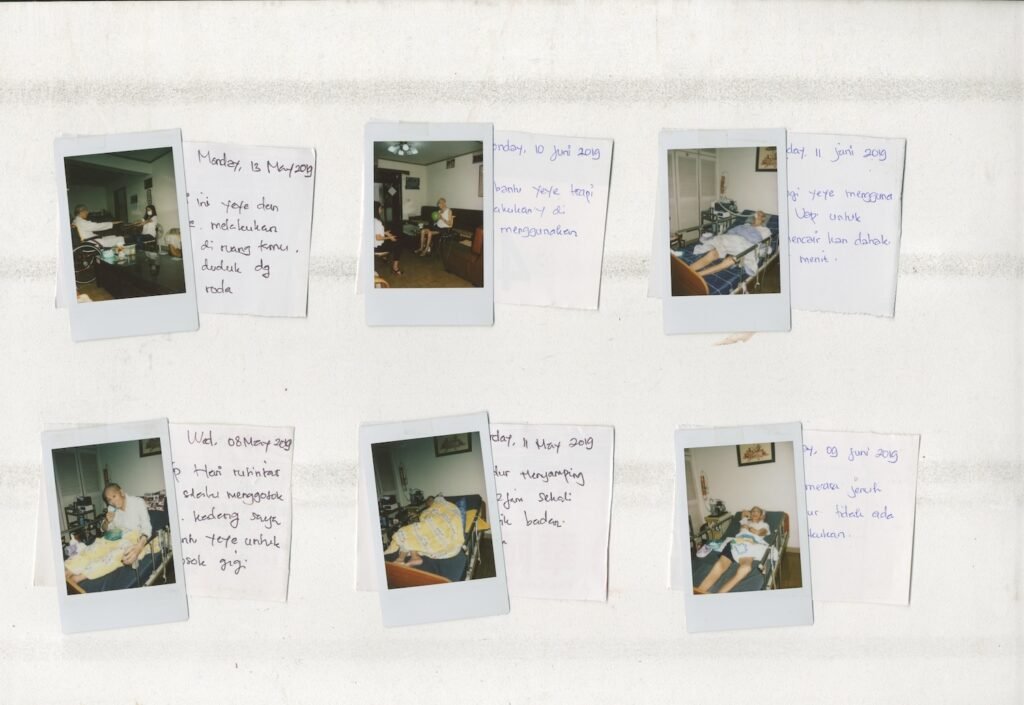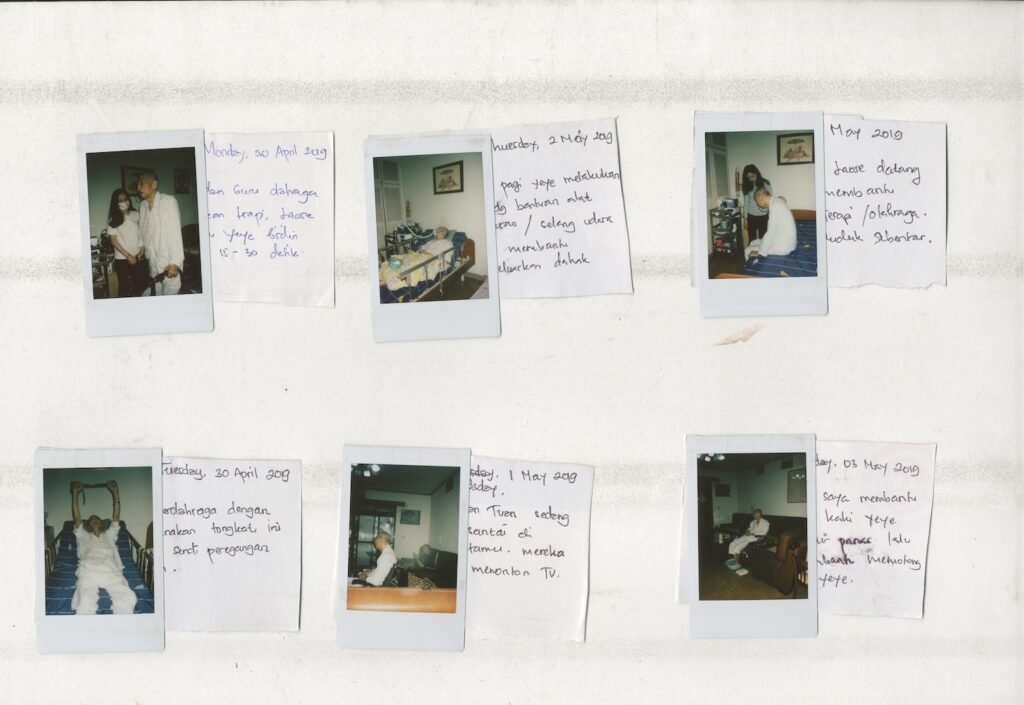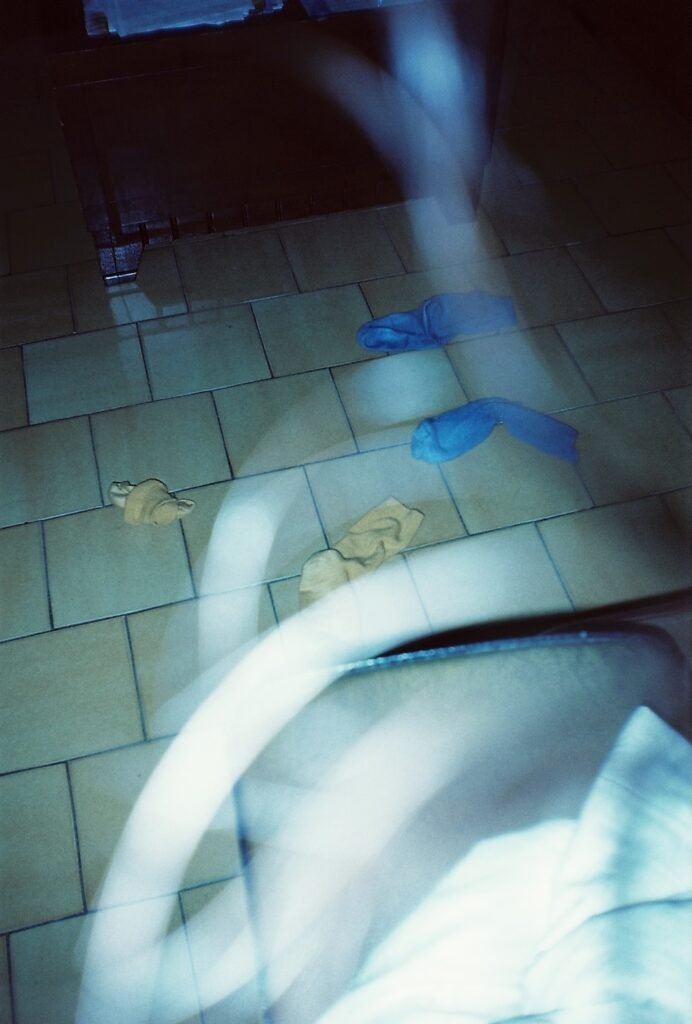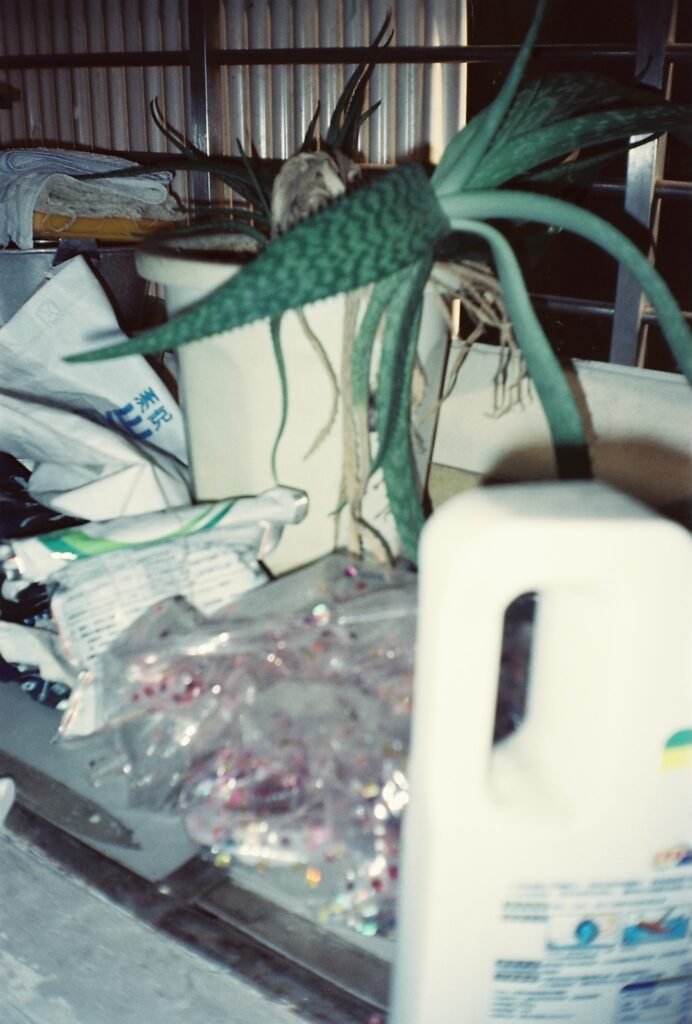The subject of death in life experiences manifests differently depending on individual circumstances. However, under the premise that to know death is to know loss, people inevitably engage in the process of “mourning.” The contradictions faced in mourning involve not only the evolving stance of the individual toward loss and the reorganization of worldviews after encountering death but also the demands of reality, the multifaceted interpretations of memory, the process of survivors internalizing the deceased, and the continuous hybridization of real life within the overlapping spaces of their lives.
In the Abyss is a series of images initially composed of Polaroid photographs accompanied by written notes, inspired by artist Huang Yi-Hsuan’s grandfather, Huang Shen-Yuan (“Shen-Yuan” in Mandarin means “abyss”), who suffered a stroke and became bedridden, initiating a phase of home care. As her grandfather’s health declined, the artist imagined documenting his daily life through photography, attempting to preserve moments of his existence in each Polaroid frame. At Huang’s request, Feifei, an Indonesian caregiver, began taking one Polaroid photo of her grandfather daily under the condition of “whenever Feifei felt like taking a photo.” Alongside each photo, she recorded the time and reason for the shot. Due to language barriers, Feifei’s notes primarily focused on contextual records related to the images. Over six months, this process resulted in more than thirty Polaroid photos with written notes, ending on the day of her grandfather’s passing.
In the context of this book, photography is treated as a phenomenon akin to a “wound.” This wound was inflicted through the process of photographing her grandfather and borne by the survivor. It coincided with the reality of her grandfather’s death, and Huang intimately participated in the entire process: from understanding how the wound was made, examining its mechanisms, sensing and reflecting on it, to attempting to heal and unfold it. How did the artist use the inherent limitations of these images to expand her concepts? In the spring of 2020, following the funeral and the caregiver’s departure to a new family, Huang moved alone into her grandfather’s former residence. Immersed in the overlapping living spaces, she transitioned from being an external visitor to her ailing grandfather to an internal participant entrenched in a space scattered with fragments of life.
Against this backdrop, Huang Yi-Hsuan revisited her creation, reorganizing the images through the design, layout, and production of this book. The result is In the Abyss, a dynamic reflection on mourning, offering a response that resonates with the living and explores the act of remembrance through art.
Born in 1995, Huang Yi-Hsuan graduated from the Graduate Institute of Trans-disciplinary Arts at Taipei National University of the Arts and the Department of Humanities and Social Sciences at National Chiao Tung University. From 2022 to 2024, she served as an Assistant Curator at Waley Art. Relevant experience includes: In 2022, curator of the Taiwan pavilion at the Suwon International Photo Festival in South Korea. In 2023, curator of the Taiwan section “Displaced Landscapes” at Russia’s Now&After International Video Art Festival. In 2024, curator of the “Trans-plant” exhibition at the Audio Visual Pavilion in South Korea.
